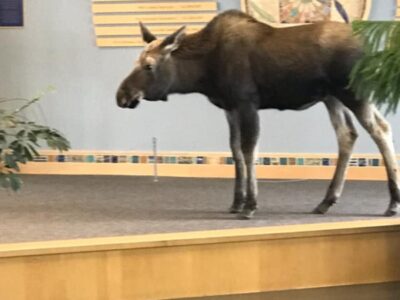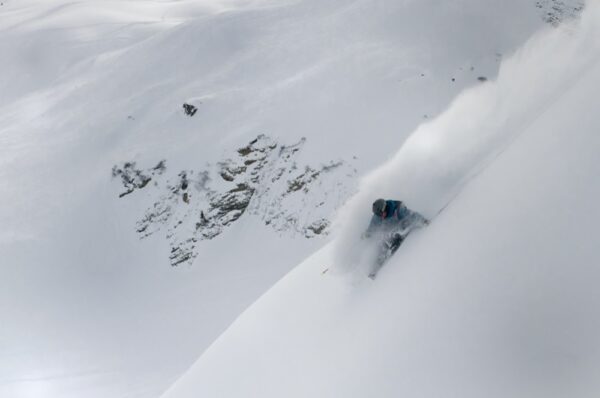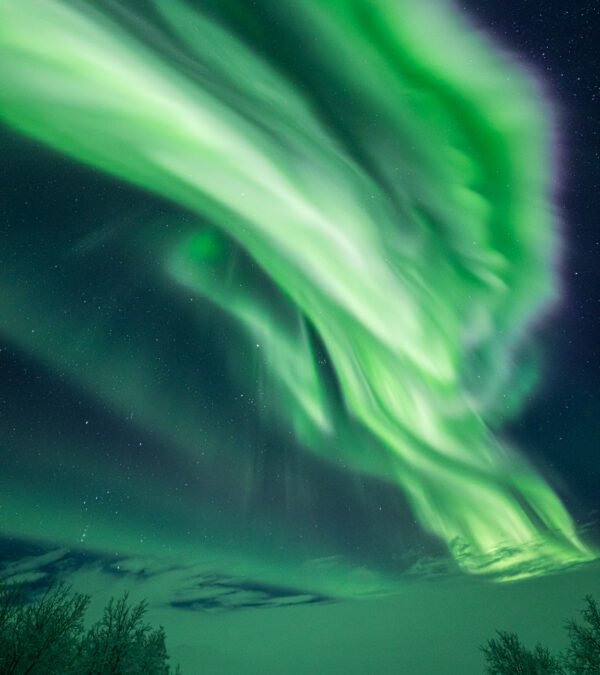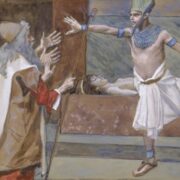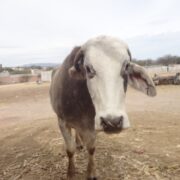
Researchers in China looking at dinosaur fossils recently found something that has changed their understanding forever. They found “unusual” evidence that mammals millions of years ago used to hunt dinosaurs for food.
The fossil shows a badgerlike creature chomping down on a small, beaked dinosaur, their skeletons intertwined. The find comes from a site known as “China’s Pompeii,” where mud and debris from long-ago volcanoes buried creatures in their tracks, reports The AP.
“It does seem like this is a prehistoric hunt, captured in stone, like a freeze frame,” University of Edinburgh paleontologist Steve Brusatte, who was not involved with the study, said in an email.
The fossil, described Tuesday in the journal Scientific Reports, shows two creatures from around 125 million years ago, during the Cretaceous period.
Even though the mammal is much smaller, researchers think it was attacking the dinosaur when they both got caught in the volcanic flow, said study author Jordan Mallon, a paleobiologist at the Canadian Museum of Nature. The mammal is perched on the dinosaur, its paws gripping the reptile’s jaw and a hind limb while its teeth plunge into the ribcage.
“I’ve never seen a fossil like this before,” Mallon said.
The prehistoric skirmish took place roughly 125 million years ago, writes The New York Times and “appears to be something like a man-bites-dog story of the dinosaur era. Usually in that period, conventional wisdom holds, mammals were meek, eking out a tenuous existence as terrible reptiles shook the ground around them. But the unlikely fossil depicts combat between a mammal called Repenomamus robustus and a bipedal, plant-eating relative of Triceratops called Psittacosaurus lujiatunensis.
Size-wise, the dinosaur had an advantage, but Repenomamus, preserved with its teeth clamped into Psittacosaurus’s rib cage, appears to have punched above its weight. The dinosaur’s bones don’t show evidence of being gnawed on by scavengers, indicating that the Repenomamus encounter happened when the Psittacosaurus was still alive.
‘There are examples today of small carnivorous mammals taking down much, much larger prey,’ said Jordan Mallon, a paleontologist at the Canadian Museum of Nature and a co-author of the study. He pointed to wolverines taking down caribou. He added, ‘We think Repenomamus was probably similarly a small, feisty predator that was willing to take down prey that was much larger than itself if it had to.’
The animals’ preservation mid-melee required a great deal of luck (or unluckiness, from the animals’ point of view). It started with a volcanic eruption, unleashing ash. That ash could have been converted into a mudslide by seasonal flooding or heavy rains. Then, while this Repenomamus and Psittacosaurus were fighting, ‘this mud flow sort of caught them off guard and preserved them for 125 million years,’ Dr. Mallon said.”
The researchers think that the new find may add to the “growing evidence that Mesozoic mammals were more ecologically diverse than we classically thought,” Dr. Grossnickle continued, “and getting a little bit of revenge, I guess, on those big mean dinosaurs.”
[Read More: Fisherman In His Boat At His Favorite Spot Saw The Most Beautiful Thing He’d Ever Seen]


